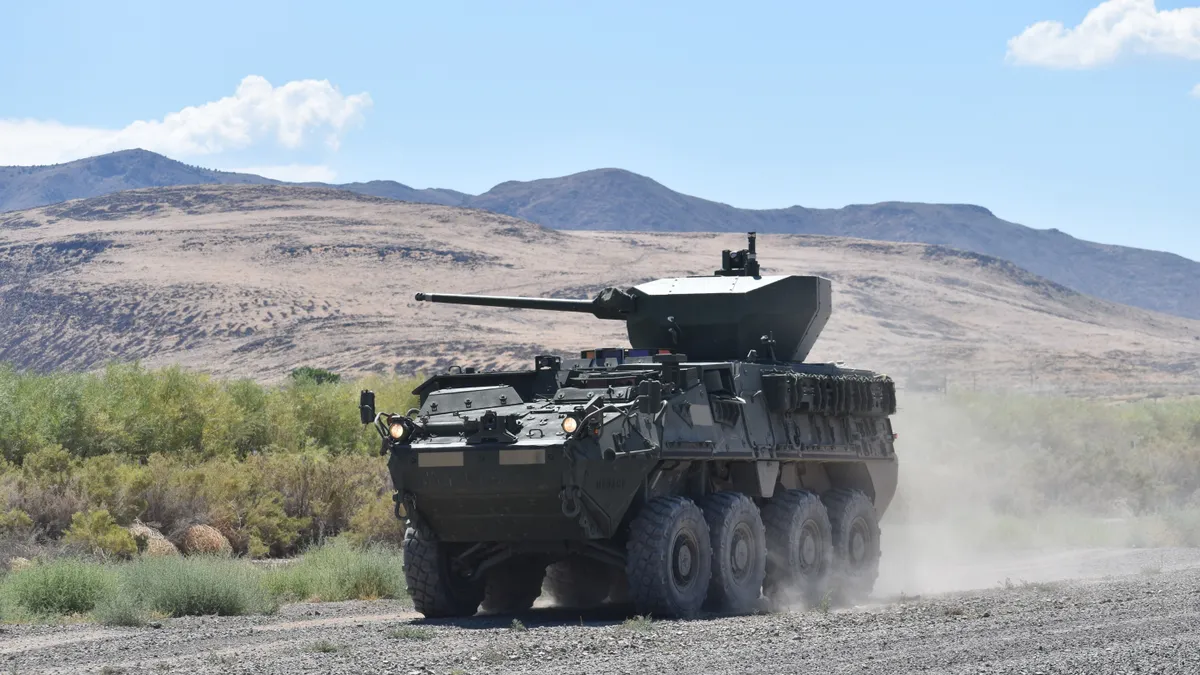Dive Brief:
- Oshkosh is planning for up to four weeks of additional lead time to ship manufacturing supplies from Asia or Europe, CEO John Pfeifer said in the company's Q3 earnings call.
- Oshkosh, which manufactures specialty trucks and access equipment, had to temporarily stop production lines "a couple of times" due to shipping disruptions, Pfeifer said. Oshkosh is also adjusting line schedules in the face of chassis shortages affecting its commercial segment.
- Oshkosh believes the supply chain challenges it is facing "will neither improve nor deteriorate meaningfully for the remainder of 2021," CFO Michael Pack said.
Dive Insight:
The stress being placed on global supply chains is high amid a jump in consumer demand in the U.S., where the majority of Oshkosh's sales take place. Lead times for production materials are at record highs as material shortages and congested ports hobble companies' abilities to produce and deliver products.
"While we expected some supply chain disruptions in the back half of the year, the magnitude of the impacts has been more significant than we previously expected," Pfeifer said.
Oshkosh, which saw its order backlog increase 30% YoY, is one of many companies scrambling to deliver while experiencing a supply-demand imbalance. La-Z-Boy's lead times range from 4 to 9 months despite increasing production capacity over the past year, CEO Melinda Whittington said on its latest earnings call. Clorox boosted its production, but as of April the company said its supply chains have not caught up with demand.
Shipping in particular has been a major hurdle for Oshkosh, Pfeifer said, and the company's Q3 sales were about $100 million lower than expected due to supply chain disruptions. The issues caused Oshkosh both "labor inefficiencies and higher freight costs to expedite parts to its plants," according to its 10-Q. Production line stoppages had a larger impact on the company's access equipment segment, where more high-volume manufacturing activity takes place, Pfeifer said.
Oshkosh expects supply chain challenges to remain a headwind for the next several quarters.
"We believe we're in it for another couple of quarters, and as we get into 2022, we believe we will start to see much more normalization as the suppliers have caught up with this quick recovery that we've all been struggling to keep up with," Pfeifer said.















